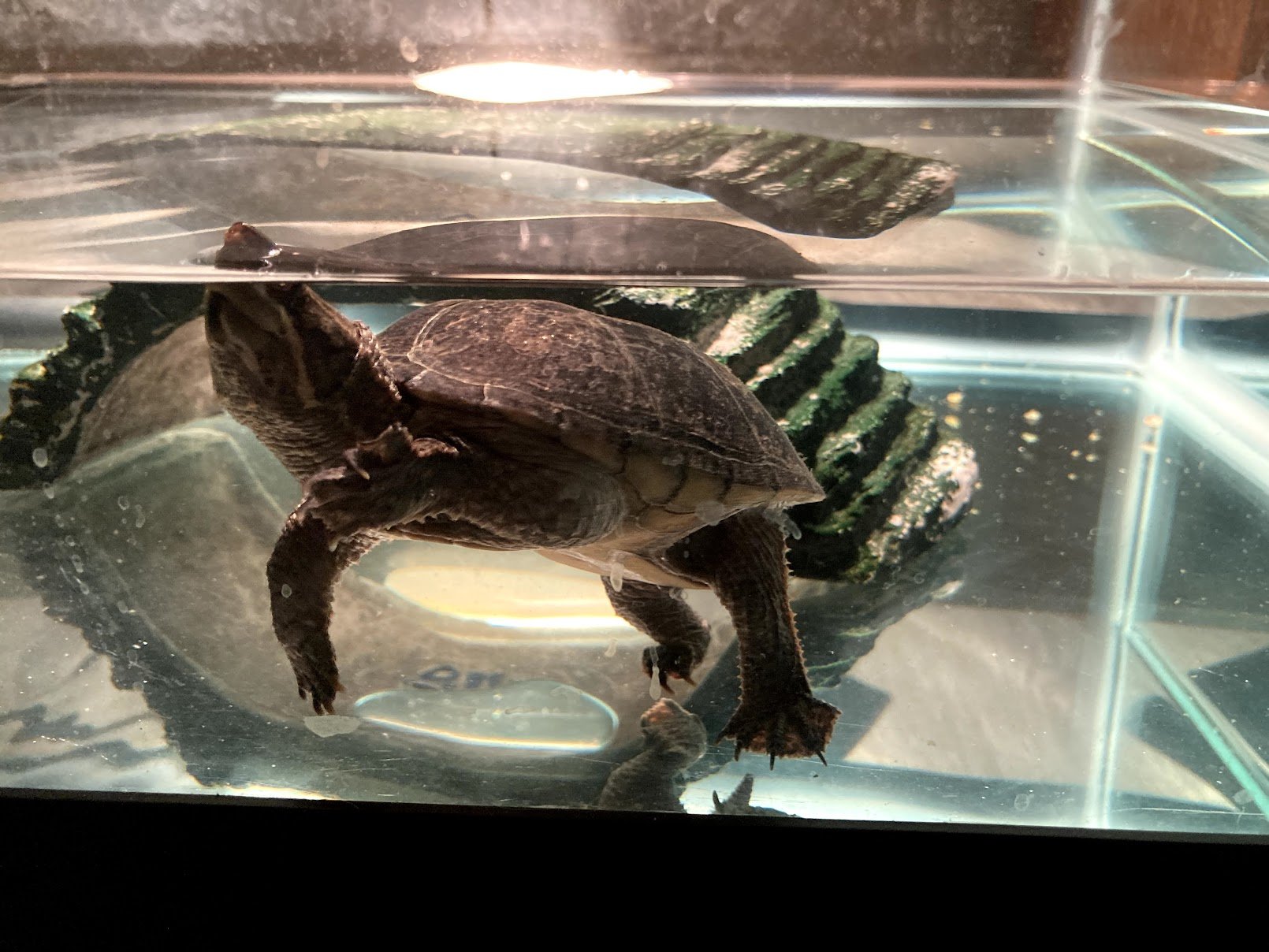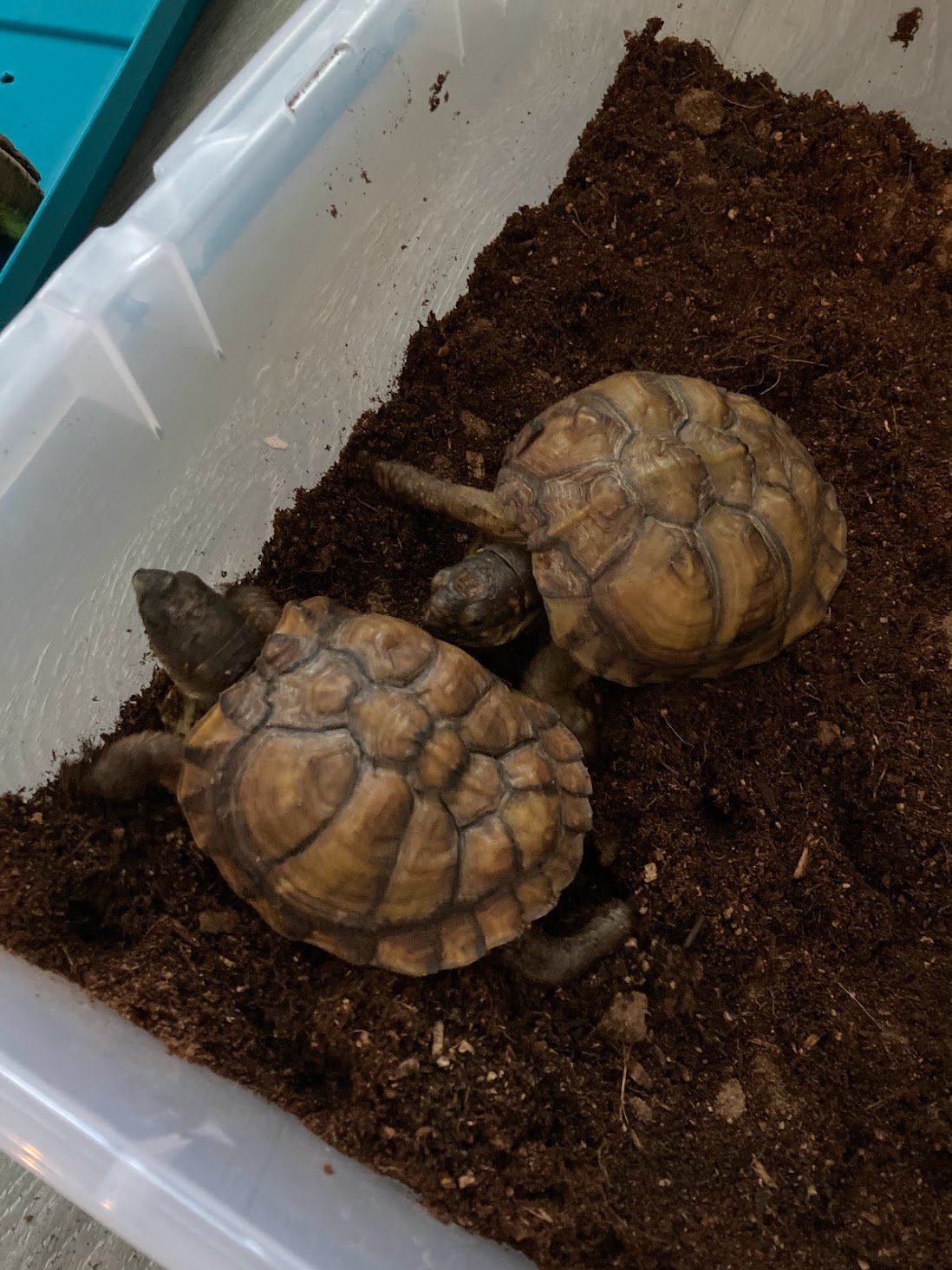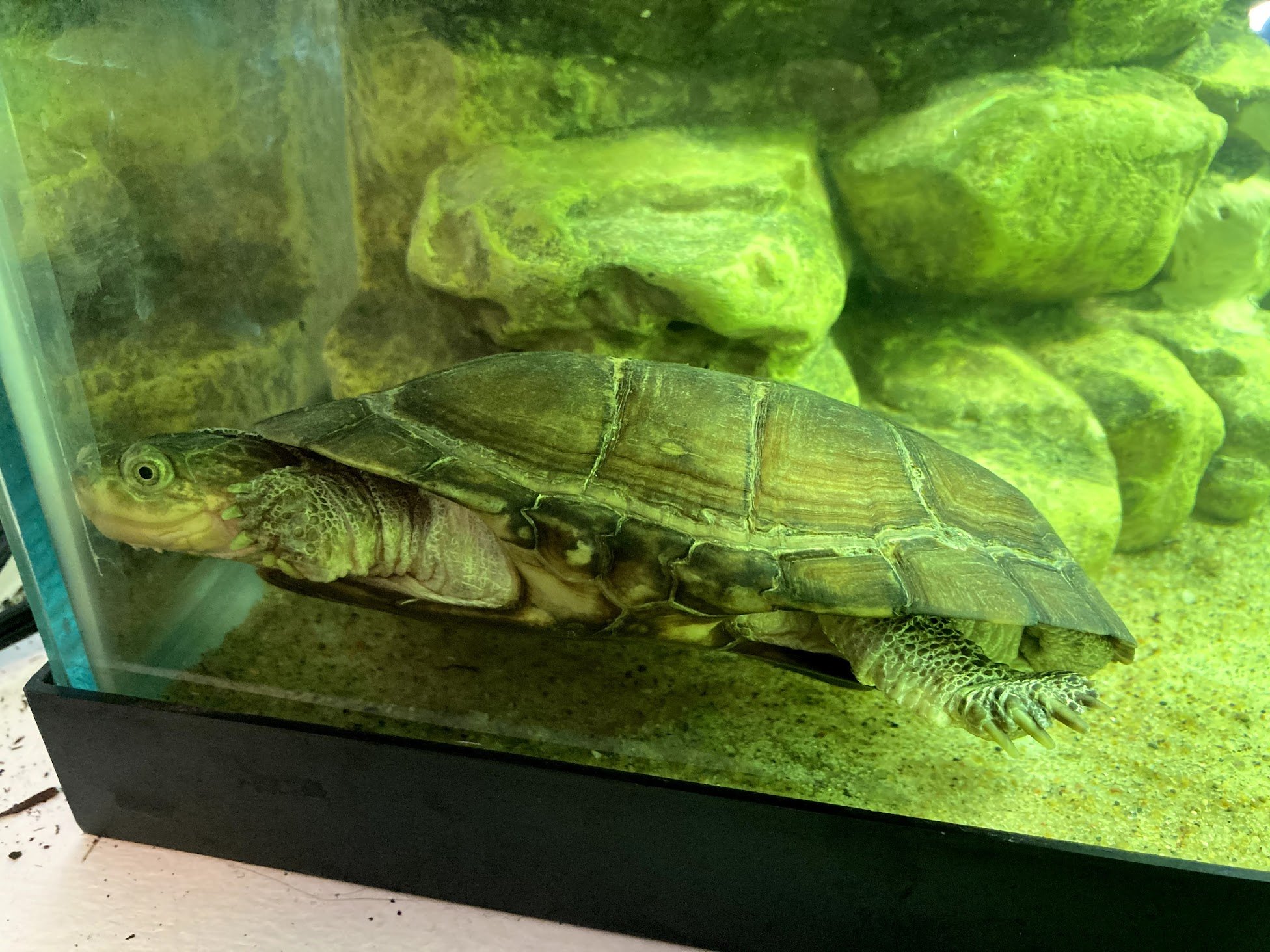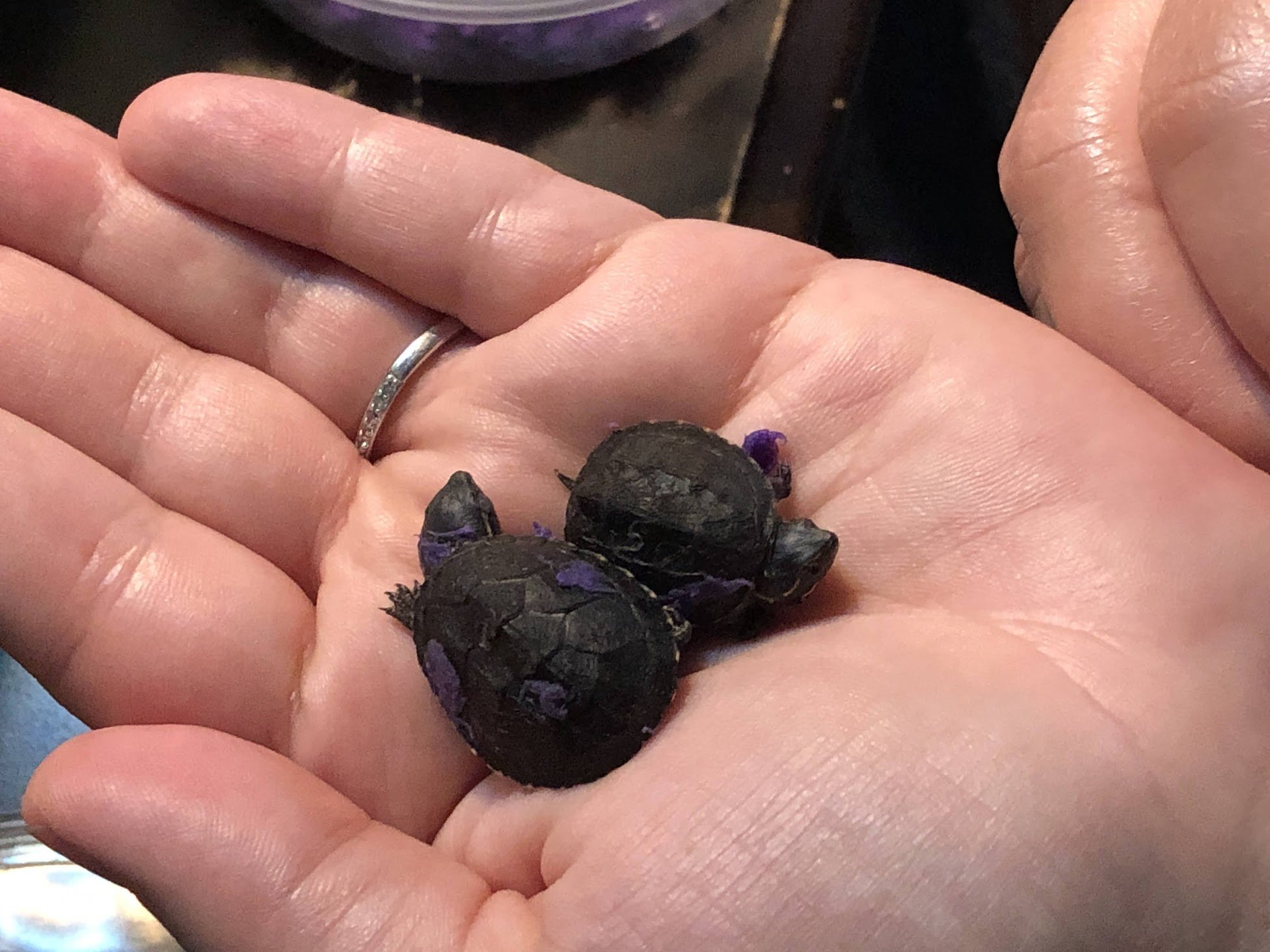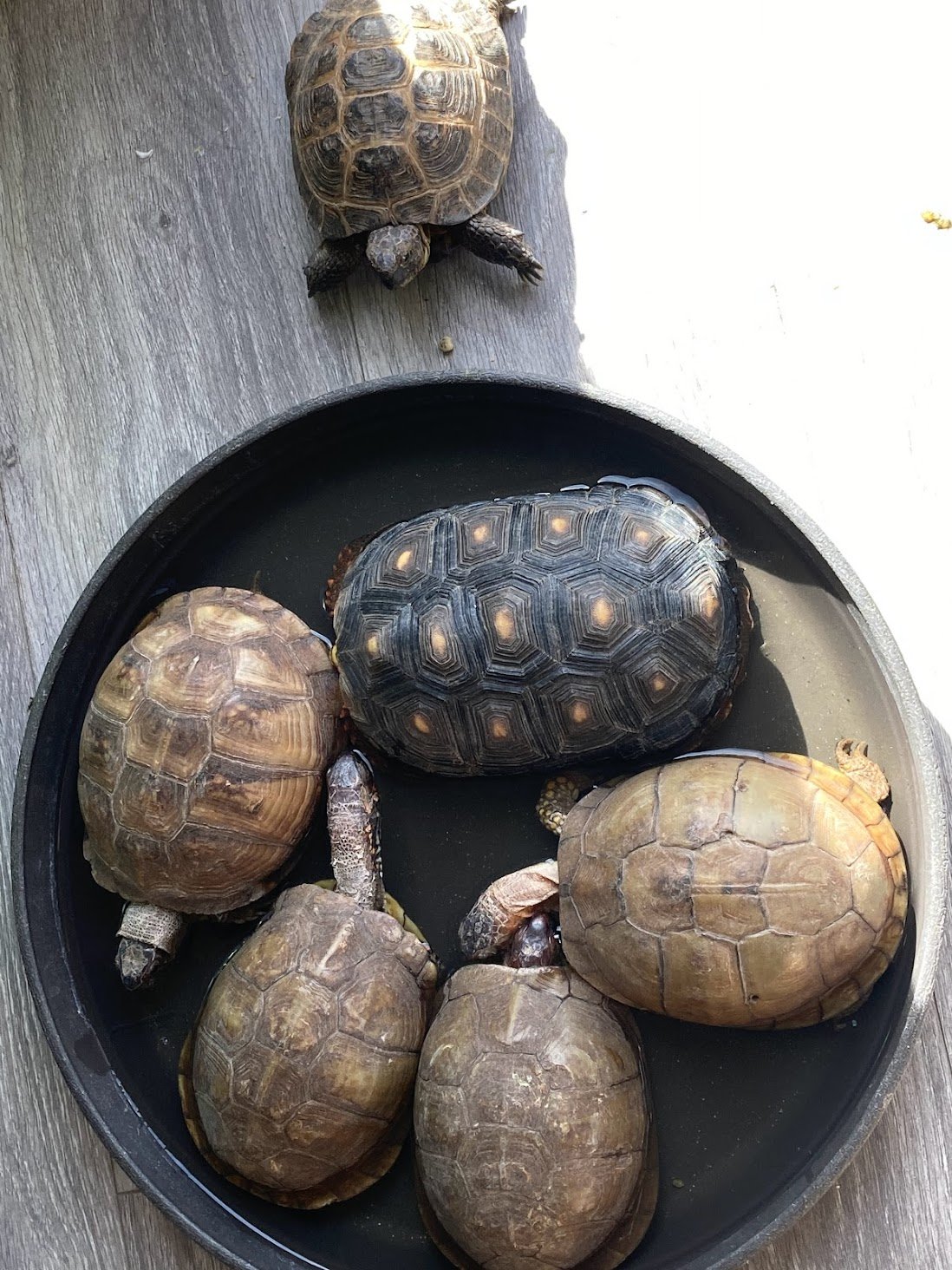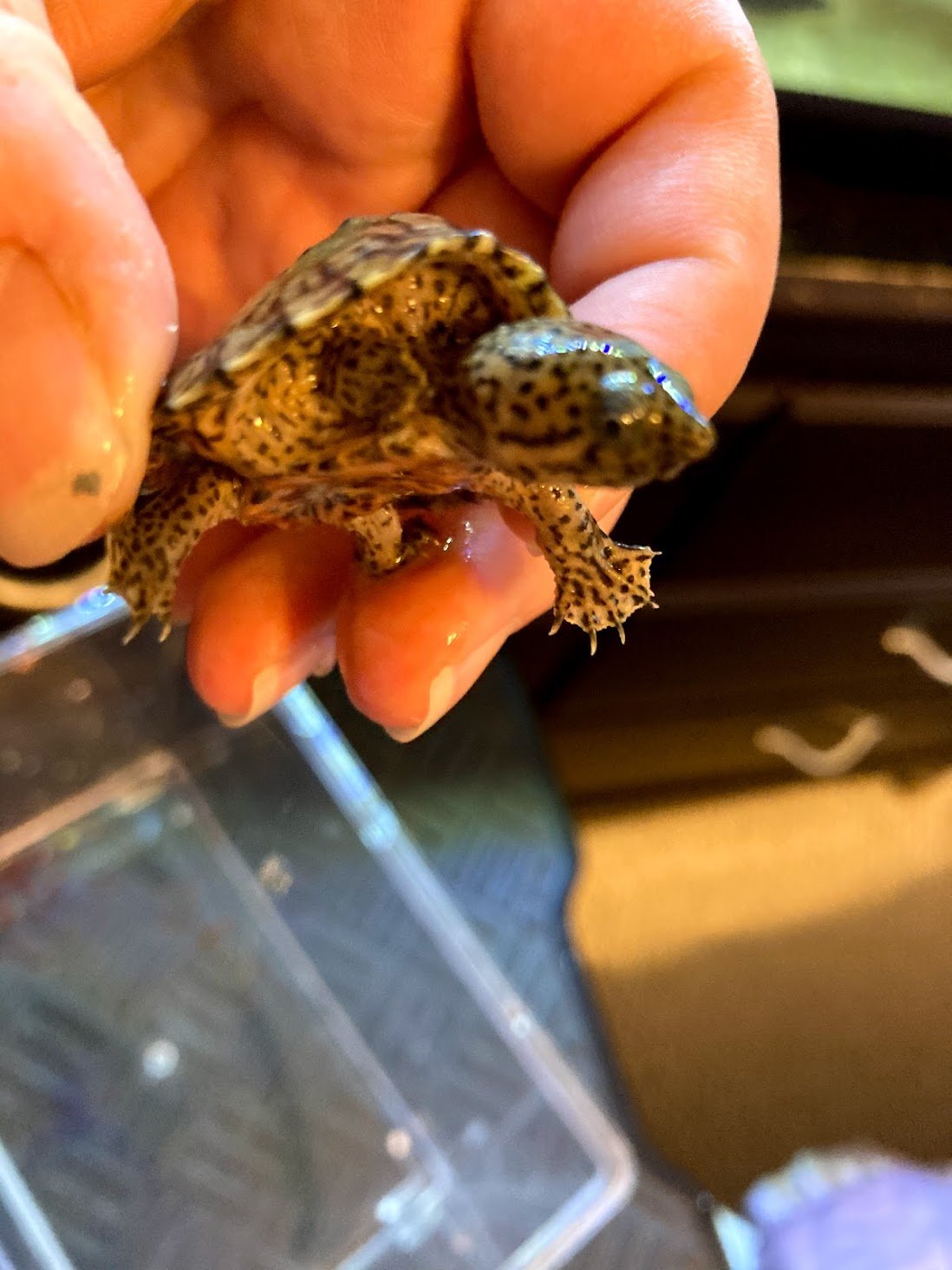What is the Difference Between Turtles and Tortoises?
Picture this: you're enjoying a leisurely stroll on the beach, and suddenly, you spot a shelled creature basking in the sun. Your first thought might be, "Is that a turtle or a tortoise?" Fear not, dear reader, for you have stumbled upon the perfect article to help you distinguish between these two fascinating reptiles! So grab a cup of tea (or a tropical drink if you're still at the beach) and join us as we embark on an adventure to uncover the mysterious world of turtles and tortoises.
Turtles and tortoises are part of the reptile family, which means they're cold-blooded, lay eggs, and have scaly skin. But that's not all; they also belong to the exclusive club of animals that carry their homes on their backs - pretty cool, right? Although they share some similarities, these shelled buddies have unique features and lifestyles that set them apart. In this article, we'll explore the wonderful world of turtles and tortoises, diving into their physical differences, habitats, diets, and more. By the end of our journey, you'll become a turtle-tortoise expert, able to impress your friends with your newfound knowledge. So let's get cracking (but not the shells, of course)!
Taxonomy and Classification: A Shell Game
Now, before we dive into the details of turtles and tortoises, let's get our science hats on (just imagine they're turtle-shaped) and talk about taxonomy. You see, both turtles and tortoises belong to the order Testudines (or Chelonia, if you're feeling fancy). This order is split into a few families, such as Cheloniidae (sea turtles), Dermochelyidae (leatherback sea turtles), and Testudinidae (tortoises). Confused yet? Don't worry; we'll break it down for you!
Picture this: you're at a family reunion, and there's that one cousin who's always in the pool (that's the sea turtles). Then there's your other cousin who's always sunbathing on the beach (those are the freshwater and semi-aquatic turtles). And finally, there's your aunt who prefers staying on land, tending to her garden (yep, that's the tortoises). See, it's not so complicated after all! Now that we've got the basics down let's move on to the real fun stuff.
Physical Differences: It's All in the Shell
If you've ever tried to tell the difference between an apple and a pear just by touching them, you know that shape matters. The same goes for turtles and tortoises! Their shells are like their fingerprint, each with unique characteristics that set them apart.
Turtles' shells tend to be flatter and more streamlined, which helps them glide gracefully through the water like aquatic ballerinas. Tortoises, on the other hand, have dome-shaped shells that provide extra protection from predators - think of them as walking fortresses.
But wait, there's more! Turtles and tortoises also have different limbs to help them navigate their respective habitats. Turtles have flipper-like legs perfect for paddling through the water, while tortoises sport sturdy, elephant-like legs that can support their weight on land. Talk about being well-adapted!
And just like people, turtles and tortoises come in all shapes and sizes. Some turtles can fit in the palm of your hand, while others - like the giant leatherback sea turtle - can grow up to 7 feet long! Tortoises also vary in size, from the tiny speckled padloper tortoise to the massive Galápagos tortoise, which can weigh up to 900 pounds. Can you imagine carrying that around on your back? Phew!
Now that we've covered their physical differences let's take a closer look at where these fascinating creatures live.
Habitat and Distribution: Home Is Where the Shell Is
Alright, so now that we've got their looks down pat, let's chat about where these shelled buddies call home. Picture yourself as a turtle or tortoise real estate agent – what sort of habitats would you be showing off to prospective clients?
For turtles, it's all about that waterfront property. They're primarily aquatic or semi-aquatic creatures, which means they can usually be found splashing around in oceans, rivers, lakes, and ponds. From the deep blue sea to the tiniest backyard pond, if there's water, you might just find a turtle tenant. So next time you're taking a dip, keep an eye out for your flippered friends!
Now, tortoises are a different story. They're total landlubbers, preferring dry, terrestrial habitats like deserts, grasslands, and forests. You won't catch them doing cannonballs into the pool anytime soon! Instead, they'd rather meander through a field of wildflowers or bask in the sun on a warm rock. Can't say I blame them – who doesn't love a good sunbathing session?
As for global distribution, you'll find turtles and tortoises on every continent except Antarctica (brr, too cold for reptiles!). From the tropical beaches of Costa Rica to the arid landscapes of the Galápagos Islands, these shelled wanderers have made themselves at home in a wide variety of environments.
Now, let's talk food – because who doesn't love a good chow-down? Grab a snack, and let's dive into the dietary habits of our shelled friends.
Diet and Feeding Habits: A Tale of Two Tummies
Picture this: you're at a shelled reptile potluck, and you've got to figure out what dishes to bring. What's on the menu? Well, for our turtle friends, you'll want to whip up a smorgasbord of tasty treats because they're generally omnivorous – meaning they enjoy munching on both plants and animals. From crunchy insects and juicy fish to tender aquatic plants and algae, turtles are all about variety when it comes to their diet. Talk about a well-rounded meal!
Now, if you've been invited to a tortoise potluck, you can leave the fishing gear at home. These slow-and-steady herbivores prefer a plant-based diet, feasting on leafy greens, fruits, and flowers. So, if you're looking to impress a tortoise with your culinary skills, think salads and fruit platters – just hold the dressing!
These differing diets have a significant impact on the lifestyles and habitats of turtles and tortoises. For example, turtles often live near water sources that provide plenty of food options, like a well-stocked grocery store. On the other hand, tortoises tend to seek out areas where their favorite plants grow in abundance, turning their habitat into an all-you-can-eat buffet. Yum!
That being said, you may have heard the story back in 2021 about the giant tortoise that stalked and ate a baby bird on Frégate Island. Apparently, some tortoises have been known to do this to add protein to their diet on occasion. Personally, I don’t recommend watching the video (I always hate those parts in nature documentaries), but it is interesting and does make you wonder what else we don’t know about these fascinating reptiles!
However, for now, let's move on to the fascinating world of turtle and tortoise behavior and reproduction.
Behavior and Reproduction: Love and Life in the Slow Lane
Now that we've covered their looks, habitats, and diets, it's time to delve into the social lives of turtles and tortoises. How do they interact with each other? What are their mating rituals like? And how do they go about raising their little ones? Let's find out!
When it comes to social behavior, turtles and tortoises have their own unique styles. Turtles are generally more sociable, often seen basking on logs or rocks in groups or even sharing a tasty meal with their fellow flippered friends. Tortoises, on the other hand, tend to be more solitary creatures, preferring to roam their territories alone, only coming together during the breeding season.
Speaking of breeding, turtles and tortoises have some interesting courtship rituals up their shells. Male turtles may perform elaborate displays, such as head-bobbing or nuzzling, to woo their potential mates. In some species, males may even engage in physical combat to establish dominance and win the affection of a female. Tortoises, however, have a more straightforward approach – a simple head bob or gentle nudge is usually enough to get the message across.
Once they've found their perfect match, both turtles and tortoises lay their eggs in a nest they dig in the ground. The number of eggs laid varies widely among species, with some laying just a few eggs while others can produce over 100 in a single clutch! After the eggs are safely tucked away, the mother leaves them to incubate on their own. When the big day arrives, the hatchlings emerge from their eggs and make their way into the world, ready to start their own shelled adventures.
As for lifespan, turtles and tortoises are known for their impressive longevity. Some species can live for several decades, while others – like the famous Galápagos tortoise – can live for over 100 years! That's a lot of time to perfect the art of slow living.
Now that we've explored the fascinating lives of turtles and tortoises, it's time to discuss one final topic – their conservation status and what we can do to help protect these amazing creatures.
Conservation Status: Protecting Our Shelled Friends
Sadly, turtles and tortoises are facing numerous threats in today's world, including habitat loss, climate change, pollution, and human activities such as poaching and the illegal pet trade. As a result, many species are now considered vulnerable, endangered, or even critically endangered.
But there's hope! By understanding the differences between turtles and tortoises and raising awareness about their unique needs, we can help support conservation efforts aimed at protecting these incredible creatures. Here are a few ways you can get involved:
Educate yourself and others: Learn more about the specific threats faced by turtles and tortoises in your region and share this information with friends, family, and your community.
Support conservation organizations: Many groups are working tirelessly to protect turtles and tortoises and their habitats. Consider donating to or volunteering with organizations dedicated to their conservation.
Be a responsible pet owner: If you're thinking about getting a turtle or tortoise as a pet, make sure to do your research and only purchase from reputable breeders or adopt from rescue organizations. Never take wild turtles or tortoises home as pets, as this can have devastating effects on their populations.
Reduce plastic waste: Plastic pollution is a significant threat to marine life, including sea turtles. Do your part by reducing single-use plastics, recycling properly, and participating in beach cleanups.
Create backyard habitats: If you live in an area where turtles or tortoises are native, consider creating a safe and welcoming habitat for them in your yard by planting native vegetation, providing hiding spots, and avoiding the use of pesticides.
Final Thoughts
In conclusion, while turtles and tortoises may share some similarities, they are truly distinct creatures, each boasting unique physical characteristics, habitats, diets, and behaviors. By understanding and appreciating these differences, we can better support conservation efforts aimed at ensuring their survival for generations to come. So the next time you encounter one of these shelled wonders, take a moment to marvel at their uniqueness and remember that, just like us, they're simply trying to navigate this big, beautiful world – one slow and steady step at a time.
Clover, Redfoot Tortoise
Reginald, Eastern Hermann’s Tortoise
Urtle, Musk Turtle
Fred & Stumpy, 3-Toed Box Turtles
Flash, Sulcata Tortoise
The Machine, Russian Tortoise
Bob, African Sideneck Turtle
Frick, Frack, Paddywack, and Clarence, Musk Turtles (2 not shown)
Franklin, African Sideneck Turtle
Ruby, Common Map Turtle
3-Toed Box Turtles
Doo Doo Doo, Razorback Musk Turtle
Additional Resources
Clint’s Reptiles “Turtle, Tortoise or Terrapin?” https://youtu.be/nKr6uTNI23A
The IUCN Red List of Threatened Species: https://www.iucnredlist.org/
The Turtle Conservancy: https://www.turtleconservancy.org/
The Tortoise Group: https://tortoisegroup.org/
The Sea Turtle Conservancy: https://conserveturtles.org/
World Wildlife Fund (WWF) - Turtles and Tortoises: https://www.worldwildlife.org/species-groups/turtles-and-tortoises
American Tortoise Rescue: http://www.tortoise.com/
IUCN SSC Tortoise and Freshwater Turtle Specialist Group: http://www.iucn-tftsg.org/









